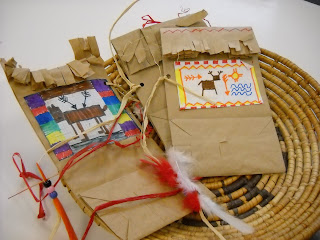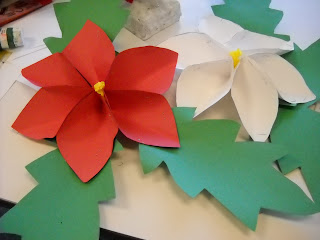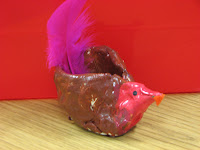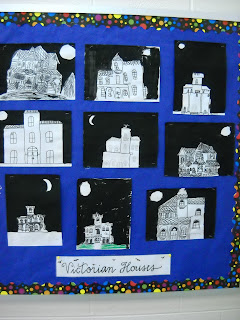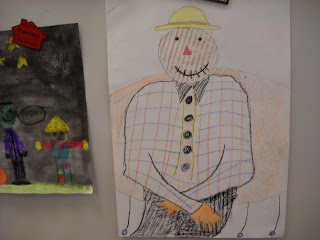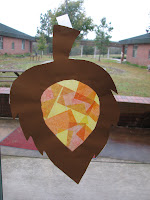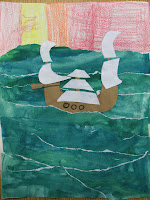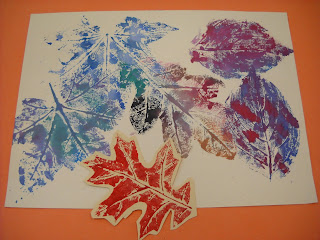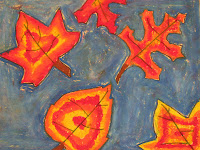
Description
Majolica pottery demonstrates that a beautiful idea can travel
the globe! During China’s Ming Dynasty (1368–1644), potters
used cobalt, an Arabian mineral, to create a dark blue glaze to
contrast with China’s white porcelain clays.
Later, Islamic potters mimicked the look with their reddish, iron rich
clays by painting bright oxides and stains on a tin-glazed,
opaque white background. Their wares became as popular as
Chinese Ming pottery and often were shipped from Spain to Italy
via the port of Majorca, an island off Spain’s eastern coast.
Pottery painted with colors over a white base became known
as “majolica” and was widely produced in Italy during the
Renaissance. Florentines Lucca and Andrea de la Robbia were
the best-known majolica clay artists, creating large religious relief
sculptures glazed with bright colors on a gloss-white base.
Preparation: Gather photographs of Ming Dynasty
pottery as well as Islamic and Italian pottery in the majolica
style. Display in the classroom resources that explain the style’s
movement across cultures.
With the students:
1 Start with a baseball-sized lump of clay (about 1 pound)
for a small goblet and an orange-sized lump (about
1 ½ pounds) for a larger one.
2 Make a pinch pot:
• Roll less than half of your clay between your palms or
against the tabletop into a perfectly round, egg-sized
ball.
• Push your thumb about halfway into the center of the
ball and turn it, pinching the clay gently between your
thumb and fingers. Focus on the thick parts, pulling
upward and inward to create uniform walls and a tall
tulip shape (not a cereal bowl). Keep the rim thick
enough to prevent cracks.
• Tap the bottom of the pot gently on a table to flatten
it slightly.
• Invert the pot on a small board or piece of cardboard.
3 Roll the remaining clay on the tabletop into several ropes
the diameter of your little finger. Set aside the best rope for
the rim, covering it with plastic.
4 Score and slip the bottom of the pinch pot. Then score and
slip the ropes and coil them atop it, pressing them gently
together. Make the coils close and tight near the pinch
pot, where fingers will grip the goblet, and coil the ropes
upward to the goblet’s desired height.
5 Turn goblet right side up. Gently tap the base coil flat so
the goblet is stable and the rim is parallel to the tabletop.
6 Score and slip the pinch pot rim and place the reserved rope
atop it. With a wooden tool or your finger, gently smooth
the joint, affixing the rope firmly and tidily to the rim.
7 Texture, stamp and sprig goblet as desired. Support goblet
gently with your fingers as you texture or stamp it; score
and slip any sprigs and clay pieces you add to the goblet.
8 Turn goblet upside down to dry. Check that the base is
parallel to the tabletop.
If you choose:
Decorate the goblet with the majolica technique:
• Brush two to three coats of lead-free
White (LG-11) using a wide brush. Glaze evenly onto
cone 04 bisque-fired goblets. Glaze may be applied onto
bone-dry greenware (without bisque-firing first) but
beware as the pieces would be very fragile.
• Paint images and designs by brushing one to three coats
of Gloss Decorating Colors over the dry Opaque
White Glaze to emulate true majolica. Fewer coats give a
translucent, watercolor effect.
• When dry, fire to cone 05. Do so slowly if you have
applied glaze to bone-dry greenware.





